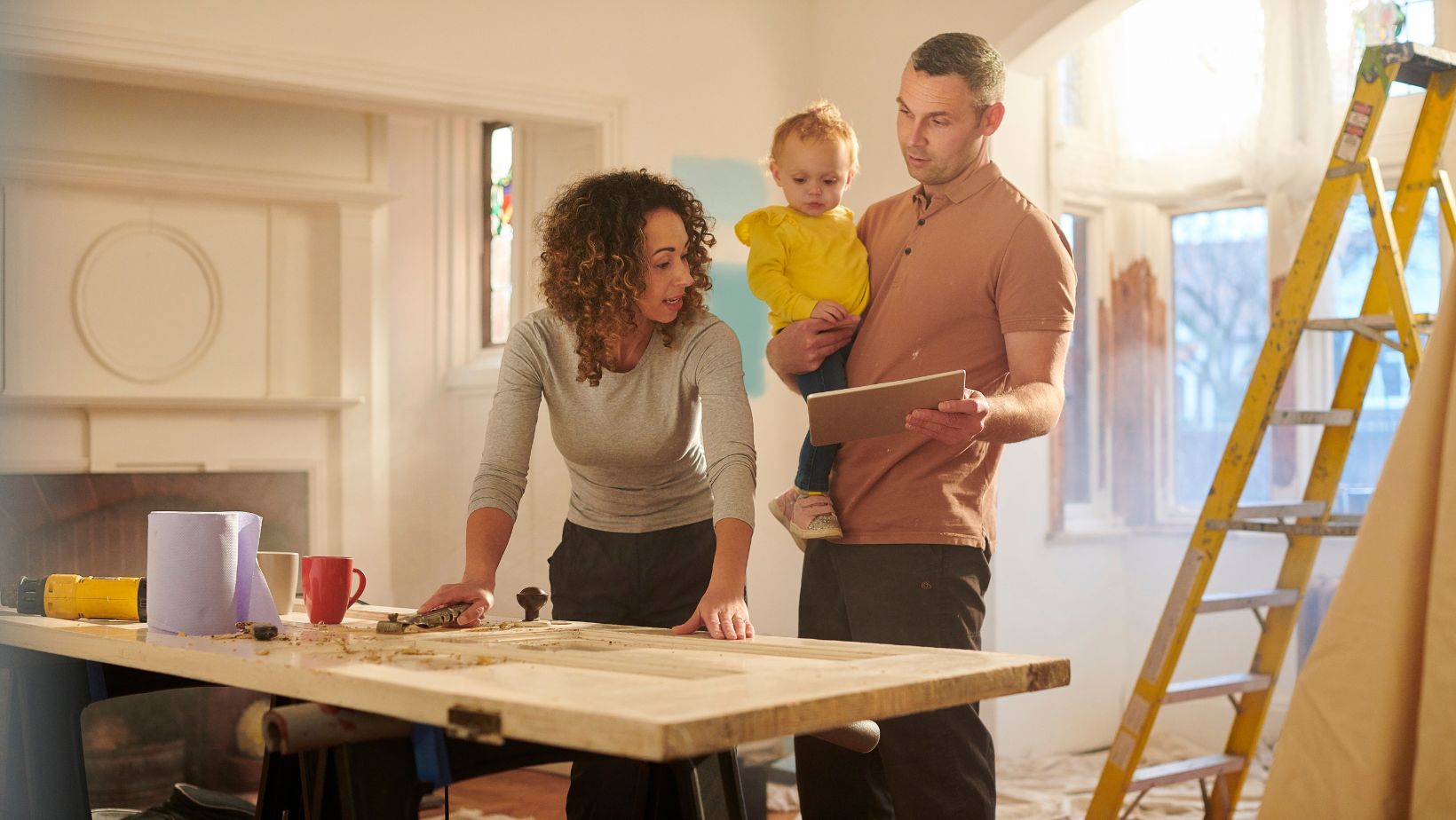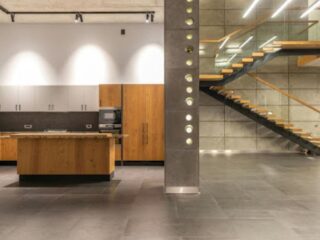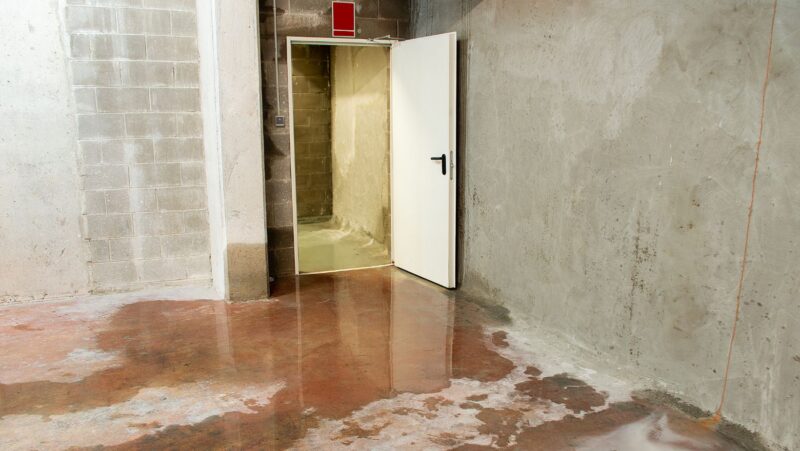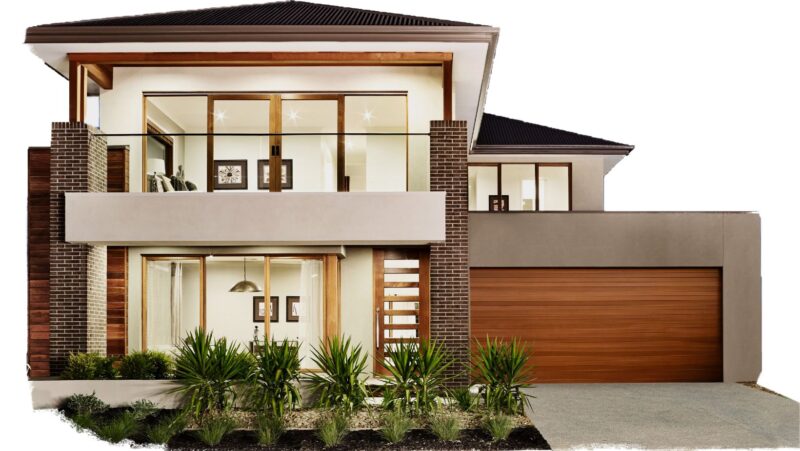From smart tools to self-healing materials, innovative technologies are transforming home improvement projects in 2024.
Whether you’re upgrading a kitchen or remodeling an entire house, the following top technologies can streamline the process and elevate the outcomes.
Smart Tools
Home improvement projects require precision, speed, and efficiency. Enter smart tools – devices embedded with sensors, connectivity options, and intelligent features that make tasks easier and more accurate.
Here are just a few that could be beneficial for your next project.
Digital Measuring Devices
Forget traditional tape measures. Laser distance measurers now provide instant readings with pinpoint accuracy, cutting down measurement errors significantly.
Smart Levels
Traditional bubble levels are making way for digital ones that offer real-time feedback through connected apps. They can detect minute angle changes you might miss otherwise.
Connected Power Tools
Some Power drills and saws now come with built-in Bluetooth or Wi-Fi capabilities. They sync with mobile apps to provide usage stats, maintenance reminders, or even optimal settings for different materials.
Imagine hanging kitchen cabinets precisely level without constantly checking a manual leveler. Or cutting drywall to the exact size needed on the first try because your power tool communicates directly with the design software on your phone.
These advancements streamline workflows and reduce the likelihood of costly mistakes.
Advanced Estimating Software
Professional painters utilize commercial painting estimating software. And plumbers use software to estimate their plumbing jobs. Likewise, homeowners should maximize advanced estimating software to generate highly accurate cost projections.
These tools use AI algorithms to analyze data from past projects, materials costs, and labor rates.
Clearer financial forecasts help avoid unexpected expenses mid-project. Some software even offers virtual walkthroughs that adjust estimates based on design changes in real time.
Whether you’re planning a kitchen remodel or a full home renovation, innovative estimating software can ensure smoother project execution and better budget management.
3D Printers
3D printing technology is revolutionizing home improvement by enabling the creation of customized building components with unparalleled precision.
Imagine designing a unique backsplash for your kitchen or intricate moldings for your living room – then having them produced quickly and cost-effectively using 3D printers.
These devices can print using materials like concrete, plastic, and metal, allowing for diverse applications from structural elements to decorative pieces.
Small-scale projects benefit immensely from this technology by reducing waste and material costs.
Moreover, integrating 3D-printed parts streamlines the construction process. Pieces fit together seamlessly without requiring extensive modifications on-site.
This innovation turns personalized design concepts into tangible realities with efficiency and flair.
Modular Construction
Modular construction techniques are reshaping how homeowners approach renovations by offering speed, flexibility, and quality.
Prefabricated modules are built off-site in controlled environments and then transported to the renovation site for assembly. This process drastically reduces on-site construction time and minimizes disruption to daily life.
For instance, a kitchen remodel using modular units can be completed in days rather than weeks.
The factory-built components ensure consistent quality and precision, eliminating many common issues like misaligned cabinets or uneven countertops.
Moreover, modular methods allow for easy future upgrades or modifications.
Homeowners can add new modules as needs change without undergoing extensive renovations again, making it a versatile long-term solution.
Self-Healing Materials
Self-healing materials are starting to revolutionize home improvement by offering unparalleled durability and longevity.
These advanced materials can repair themselves after sustaining damage, drastically reducing the need for constant maintenance.
Consider self-healing concrete, which uses embedded microcapsules filled with healing agents. When cracks form, these capsules break open to seal the gaps automatically. This technology prevents small issues from becoming major problems.
But it’s not just concrete that is benefiting from self-repair capabilities. Some paints now contain microcapsules that burst upon scratching, filling in imperfections seamlessly. Additionally, polymers used in flooring can close up small cuts or dents on their own.
These innovations are accessible to homeowners looking for long-term solutions without frequent upkeep costs.
By integrating self-healing materials into your home renovation projects, you’re investing in sustainability and reducing material waste over time while enhancing the overall resilience of your living space.
Final Thoughts
The future of home improvement is bright, with technologies continuously evolving to make our homes smarter and more efficient. So, embrace these advancements and transform your living spaces like never before.















